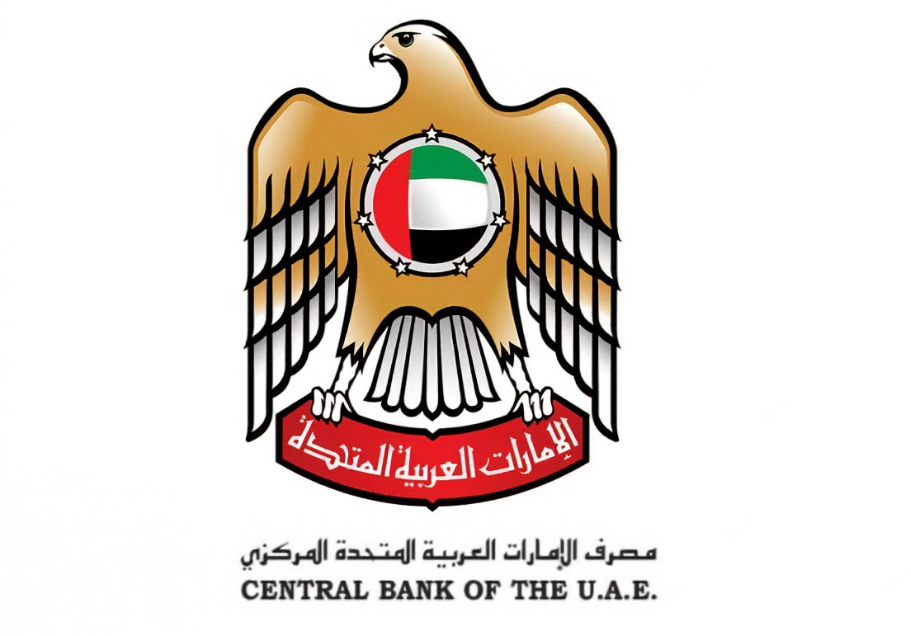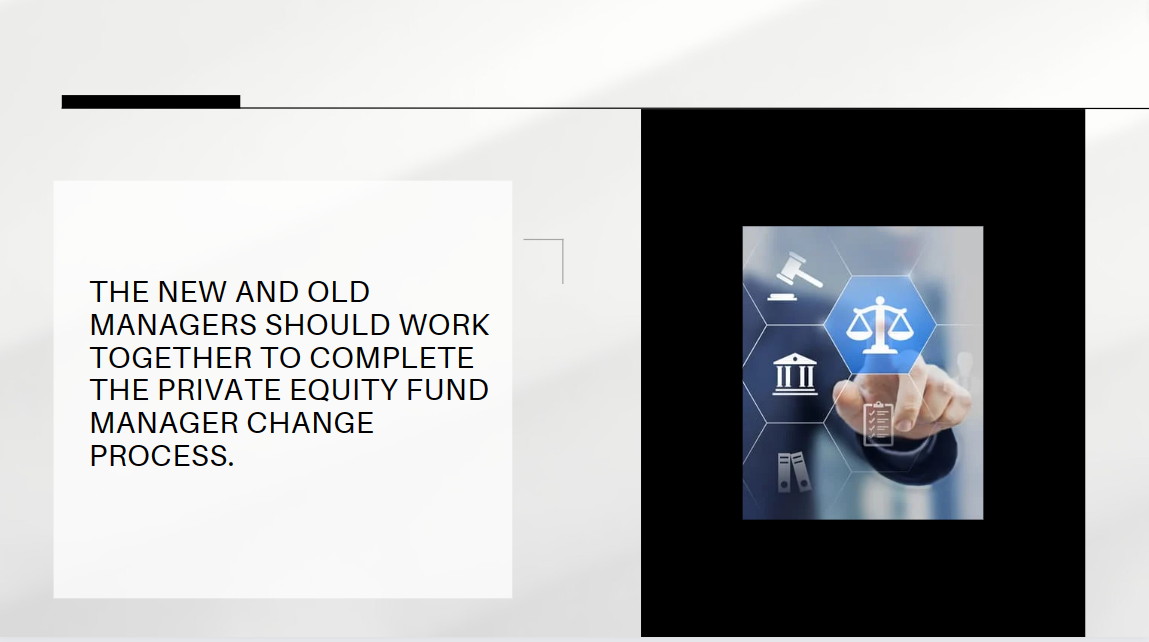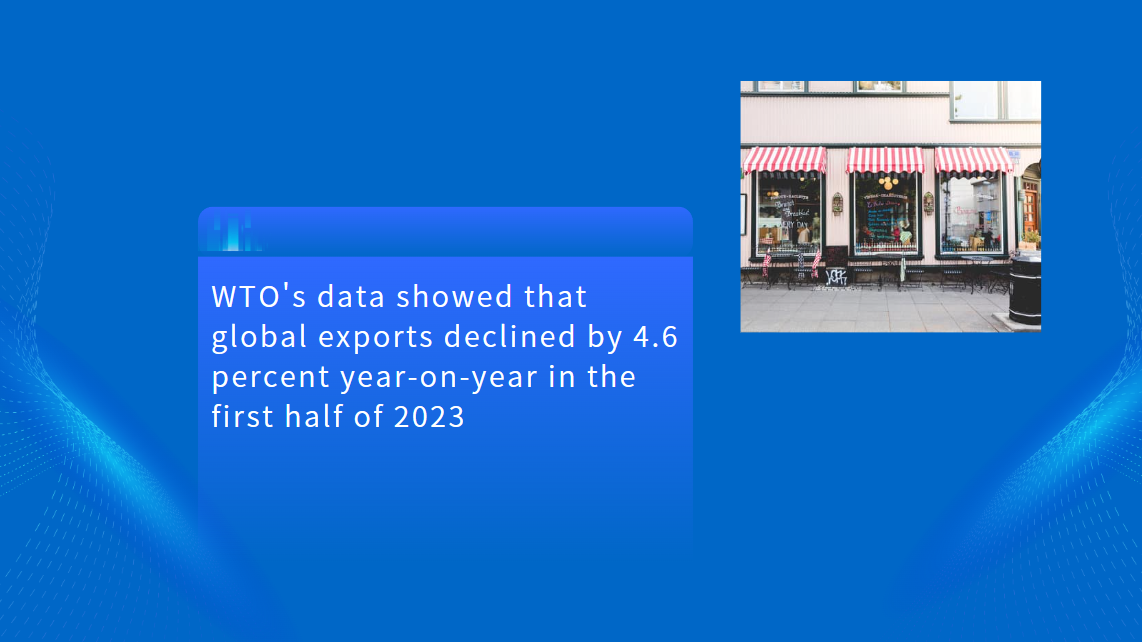Luxembourg's Asset Servicers Face Uphill Battle in Digital Transformation
Despite widespread recognition of the importance of digitalisation, Luxembourg's asset servicing sector continues to grapple with the challenges of transitioning to a fully digital operational model. A recent study by EY highlights the slow pace of digital adoption in the industry, suggesting that many firms are still heavily reliant on manual workflows and lack sufficient funding for digital projects.
The study, which surveyed 48 asset servicing firms in Luxembourg between December 2024 and March 2025, found that only 21% of firms had successfully digitalised most or all of their operational processes. In stark contrast, 41% of respondents indicated that only a few of their processes were automated, relying primarily on manual methods. This reveals a significant digital gap in an industry that is critical to the management of over €5.7 trillion in assets across various investment funds.
Although there have been some advancements, Luxembourg's asset servicing sector received an overall digital maturity score of 2.3 out of 5, a stagnant result from the previous year. This score reflects the ongoing struggles firms face in fully realising their digital transformation goals. EY's report underscores that, while strategic alignment and technology adoption have improved, significant barriers remain in terms of embedding customer-centric practices and leveraging technology to drive innovation.
Funding: A Key Bottleneck in Digital Progress
One of the most pressing challenges identified in the report is the lack of adequate funding for digital initiatives. Only 33% of firms reported that their digital projects were fully funded. This funding gap is particularly concerning given the growing demand for technological advancements, such as artificial intelligence (AI), automation, and advanced data platforms, to enhance productivity and add value to services.
The report also noted a decline in the number of asset servicing firms introducing new digital products and services between 2024 and 2025. EY suggested that this could be indicative of resource constraints or the reassessment of the viability of certain products. Such hesitancy to fully embrace digital solutions could hinder the sector's ability to keep pace with the rapidly evolving financial landscape.
Mixed Approaches to Digital Implementation
Another key finding from the study was the diverse strategies employed by asset servicing firms in their digital transformation journeys. Forty percent of respondents reported using a centralised approach to develop digital projects, while nearly a third had partnered with fintech firms. While in-house development offers control and customisation, it often requires significant investment and resources—particularly when integrating advanced technologies like AI. This reflects the industry's struggle to find the right balance between control and resource allocation in the digitalisation process.
The mixed approach to digital implementation suggests that asset servicers are still navigating how best to structure their operations for long-term success. In this regard, the digitalisation process is not just about technology, but also about creating an operational framework that supports sustainable growth and innovation.
Customer-Centricity: A Slippery Slope
The concept of being "customer-centric" has also been a significant focus for asset servicers. In 2025, only 40% of firms considered themselves customer-centric, down from nearly half in 2024. EY speculated that this shift might reflect increasing self-awareness as firms develop more sophisticated digital capabilities. As asset servicers enhance their digital tools, they may begin to realise that their customer-centric approaches need to evolve as well.
The Road Ahead for Luxembourg's Asset Servicing Sector
As Luxembourg's asset servicing sector continues to confront these challenges, it is clear that digital transformation will be a long-term endeavour. The industry's reliance on manual workflows and underfunded digital projects poses a significant barrier to achieving its full potential. However, as the financial landscape continues to evolve, the need for comprehensive digital strategies will only grow stronger.
For international investors and professionals in asset management, understanding the challenges faced by Luxembourg's asset servicing firms is crucial. The country's role as a major financial hub and its handling of €5.7 trillion in assets make it a key player in the global financial ecosystem. The ongoing digital transition in Luxembourg offers valuable insights into the broader trends shaping the future of asset servicing, especially in terms of technology adoption, resource allocation, and customer-centricity.
As firms worldwide look to adopt more efficient and innovative practices, Luxembourg's asset servicing sector serves as both a cautionary tale and a source of potential lessons for those navigating similar challenges in digital transformation. The success or failure of this transformation will have lasting implications for Luxembourg's competitiveness as a global financial centre and its ability to meet the evolving demands of international investors.





















































First, please LoginComment After ~